Tento #2
Maya Cohen, Elad Larom, Nir NadlerDe kleine ruimte waar
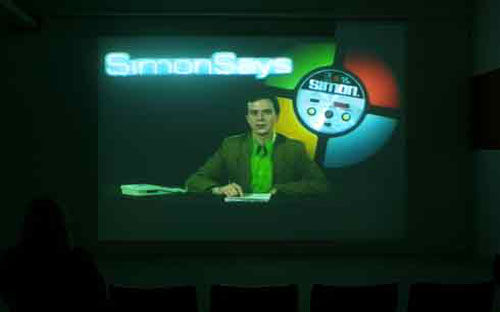

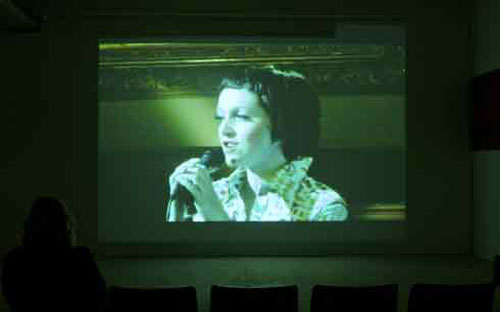


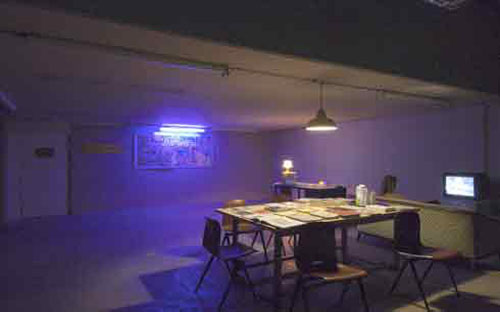

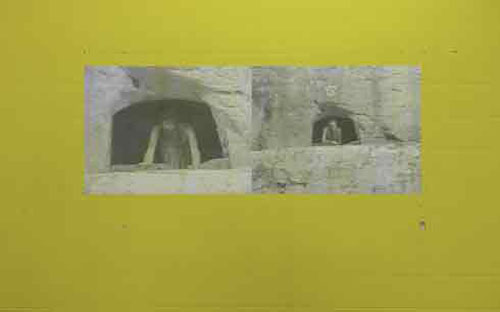
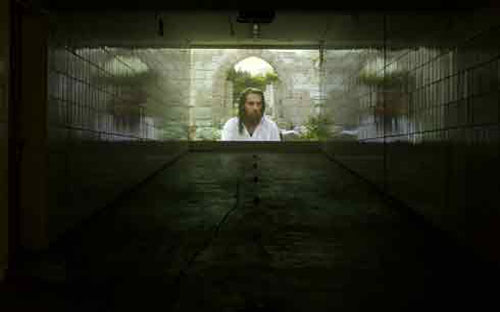

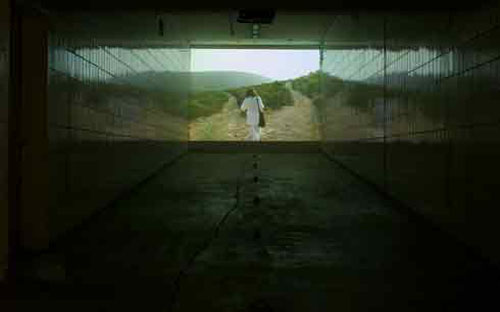
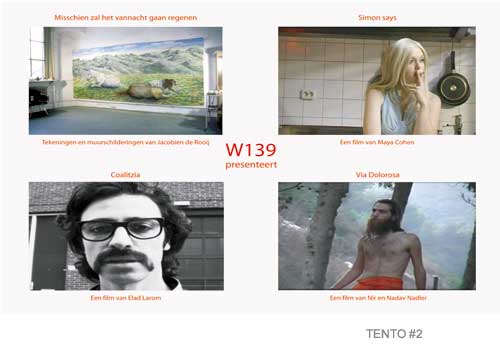
The small space in which Maya Cohen’s (1978) film “Simon Says” (2005, colour, 33 minutes) was screened was an oasis in the Rietveld’s graduation show of 2005. The screening area was full of people laughing and enjoying the film, many of whom watched the thirty-three minute film several times.
From the candy collages of the introduction to the snippets of film during the credits, it is the generosity and humour of “Simon Says” that first draw our attention. The work is an exercise in styles, genres and formats, a parody of art education, a disarming attempt to make a ‘real’ film at art school. However, the ludicrous tale of the wandering chin in search of its fellows but which ends up back on the face of the person to whom it belongs, must ultimately be the work’s most durable quality.
“Coalitzia” (2005/06, black and white video, 60 minutes) is another graduation piece by a Rietveld student of the VAV Department (Formerly Audio Visual). Elad Larom (1976, Ramatgan, Israel) made the film during his last year of college, with steely discipline: he split the year up into six segments in which he wrote, filmed, edited, and screened, and in each segment evaluated a episode of roughly ten minutes, before editing the ten-minute sections together ‘cold’. The film follows a couple of days in the life of a street sweeper (played by the artist). His encounters with colleagues, friends, hookers and criminals in various Amsterdam locations are strung together like a pearl necklace. “Coalitzia” was filmed in black and white video, is spoken in Hebrew (with English subtitles) with music by the Amsterdam Klezmer band.
In “Via Dolorosa” (2005, video, colour minutes) by Nir and Nadav Nadler (1977, Haifa, Israel) a long-haired, bearded young man dressed in white follows a group of Spanish pilgrims as they pilgrimage over the Road of Calvary in Jerusalem. When the group notices him, it recruits him as a sort of stand-in, asking him if he wants to carry the wooden cross they have brought along. The group films and photographs him. Once their pilgrimage is over, the pilgrims thank him with great feeling and enthusiasm. What is unusual about the film is the mood of friendly benevolence and fortuity which – despite all provocation to take an ironic or critical note – is sustained throughout the entire film.